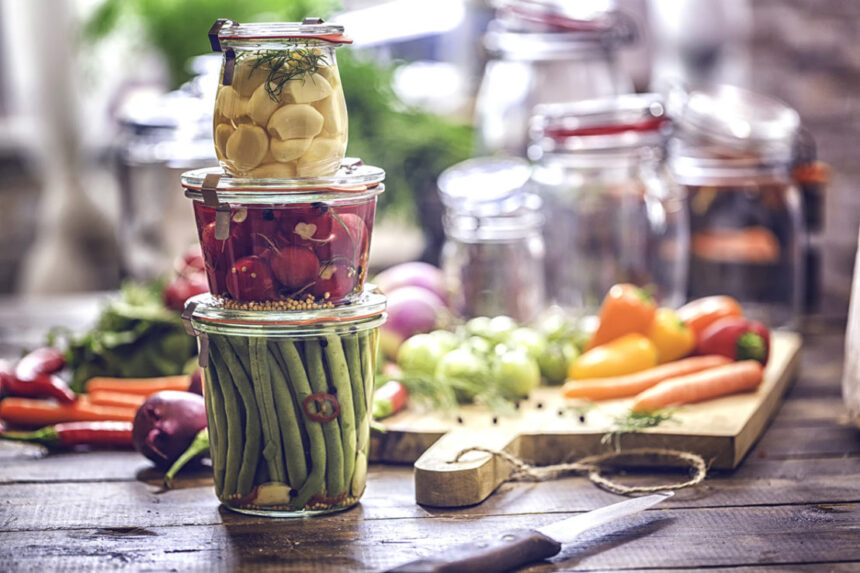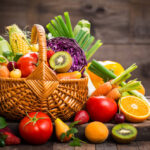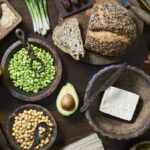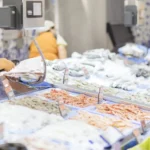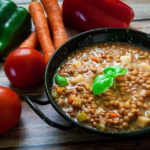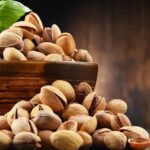How to follow a healthy diet in a short time
With the return to routine, work, studies or activities, we often come home tired and without time or desire to think about what to cook, so we end up improvising and eating what we find in the refrigerator, easy and quick to cook, which is not always the best option.
Therefore, leaving most of the meals cooked can help us optimize time and continue with the diet and healthy eating.
What is batch cooking?
Batch cooking consists of planning and preparing the menus for the entire week in one day. The idea is to cook different base recipes that you can use throughout the week in different dishes. For example: why not cook a good tray of vegetables that you can later add to your rice dishes, legumes or even as an accompaniment to meat?
In this way we will be better organizing our diet, avoiding unforeseen events at meals that can lead us to make more processed and unhealthy food choices. However, we will be saving time, money and energy.
A healthy plate, suitable for the majority of the population, should include vegetables (unlimited, but corresponding to at least half of the intake), cereals or tubers representing a quarter of the plate or meal and the rest of some protein food. (meat, fish, eggs or vegetable derivatives).
So, if we have already prepared the vegetables and the cereal or tubers part, it will only be necessary to add the protein food that we can already have portioned or even cooked.
Keys to batch cooking
- Plan the menus for the week. A dietitian-nutritionist will be able to help you organize the week’s meals in the best way.
- Make your shopping list based on the food you need. Shopping at the supermarket will be faster if, once you have planned the week, you make a list of the essentials. Remember to go shopping without hunger to avoid buying unnecessary things.
- Organize the kitchen and… LET’S COOK! Reserve half a day and, with the weekly menu in mind, prepare all the food and kitchen utensils you will need. We recommend you start by cooking the vegetables and stir-fries that take longer.
- Optimize resources. Use multiple burners at once to go faster. While some foods are cooking you can cut and prepare the others. Use the two oven trays to cook various preparations, as well as the microwave-safe silicone containers, which will be very useful for cooking vegetables, greens and tubers.
- Package the food, let it cool slightly and then store it in the refrigerator or freezer. Label the tapers appropriately with the cooking date and the preparation they contain, especially those that you are going to freeze.
What recipes can I prepare?
- Vegetable, chicken and fish broths
- Vegetables. Despite being the basis of the diet, it is usually the most difficult to cook; That is why it is advisable to cook vegetables in various ways:
- Vegetable purees
- Vegetable samfaina
- escalivada
- Boiled
- Baked
- Legumes: take the opportunity to leave them already hydrated and even cooked.
- Cereals, preferably whole grains: pasta, rice, quinoa… These are preparations that, once boiled, last up to 5 days in the refrigerator.
- Sauces and stir-fries: try to make them vegetable-based, such as a tomato sauce to mix with rice or legumes.
- Don’t forget protein foods: you can leave meat and fish clean and prepared for cooking.

